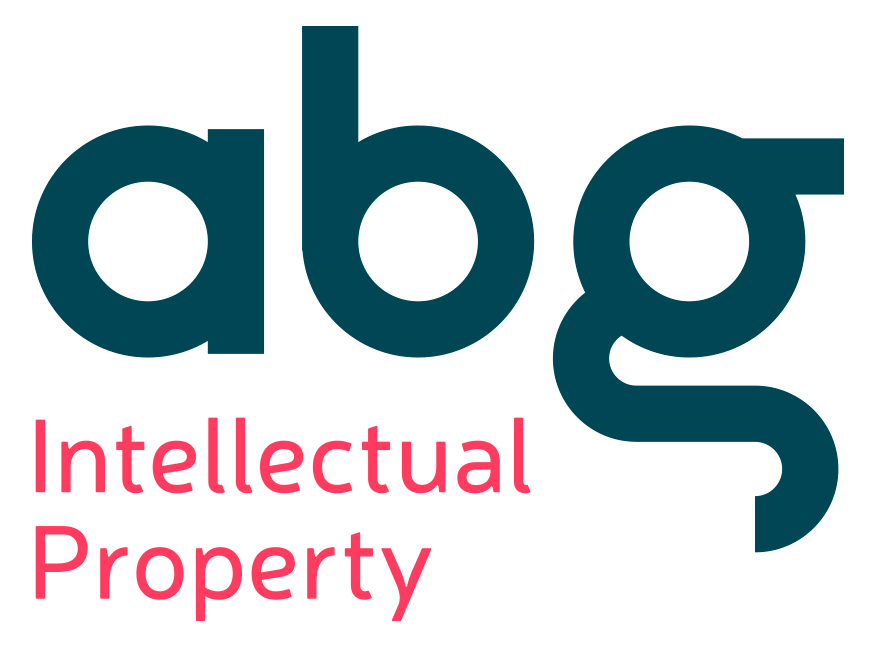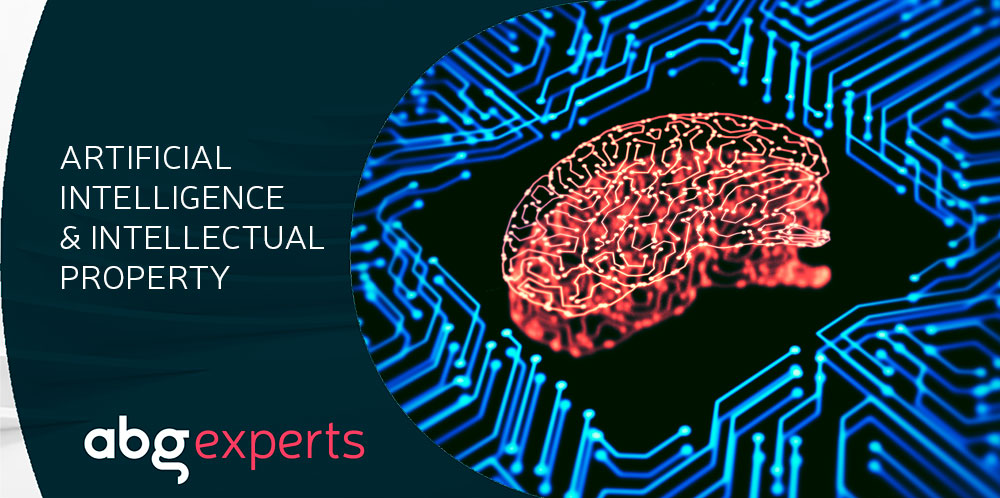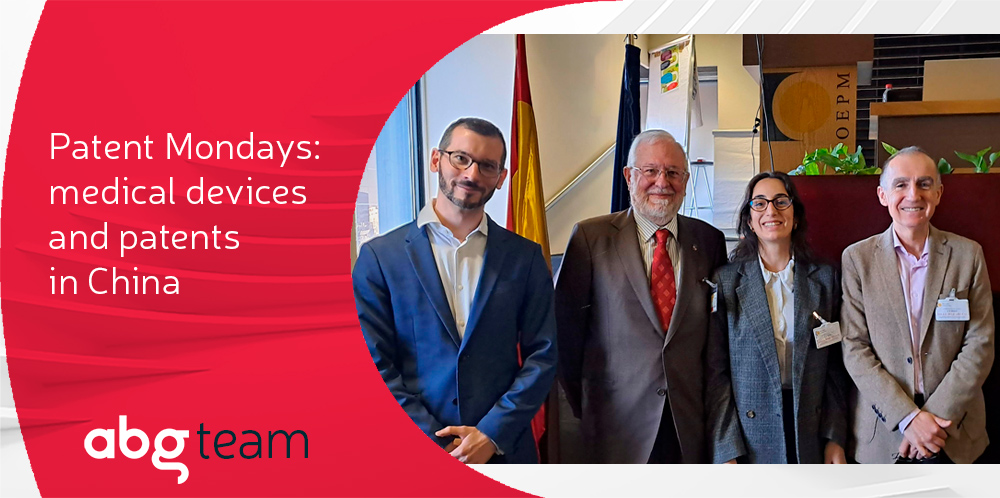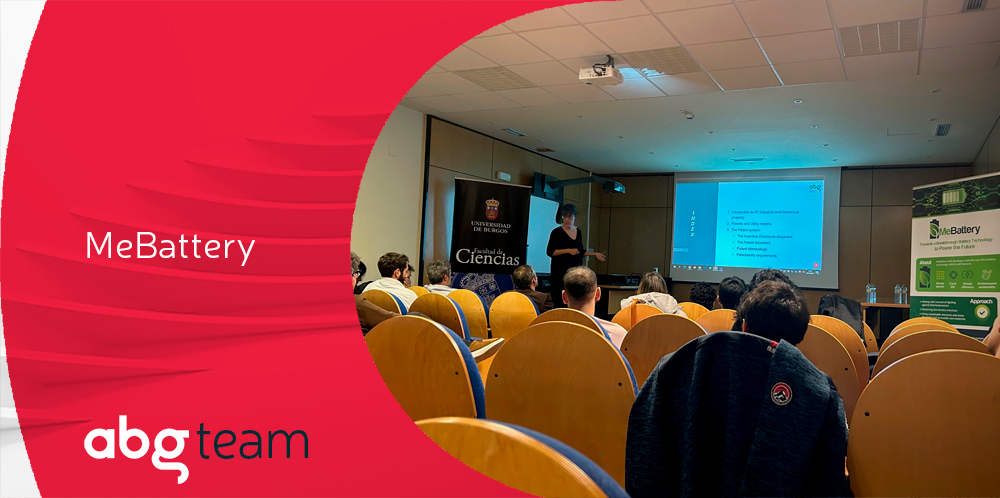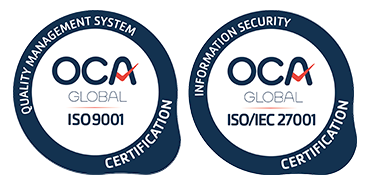In recent weeks, the advantages of chatbots, such as chatGPT or Character.AI, have been constantly mentioned in the media and on social networks. These tools bring the term Artificial Intelligence (AI) closer than ever to its literal definition, since bots such as these demonstrate abilities that until now could only be attributed to the mind of a human being.
They are particularly noteworthy because they have been trained by acquiring a vast knowledge of history, science or, as in the case of Character.AI, of how certain characters or personalities were or are. Thus, when faced with complex questions, they seem to delve into their semantic content and provide creative and often very accurate answers.
I have seen several publications in the press in which a journalist spends several days asking to a chatbot questions on various topics, or even integrating the use of chatbots into their daily life.
Although this tool has made a qualitative leap, one we weren’t expecting to happen until much further down the road, and continues to impress both experts and laymen alike, one area where it is, and will be, especially relevant is in Industrial and Intellectual Property. Not in just one or two aspects, but in several. In this article, I address some of the ones I consider most relevant.
Authorship
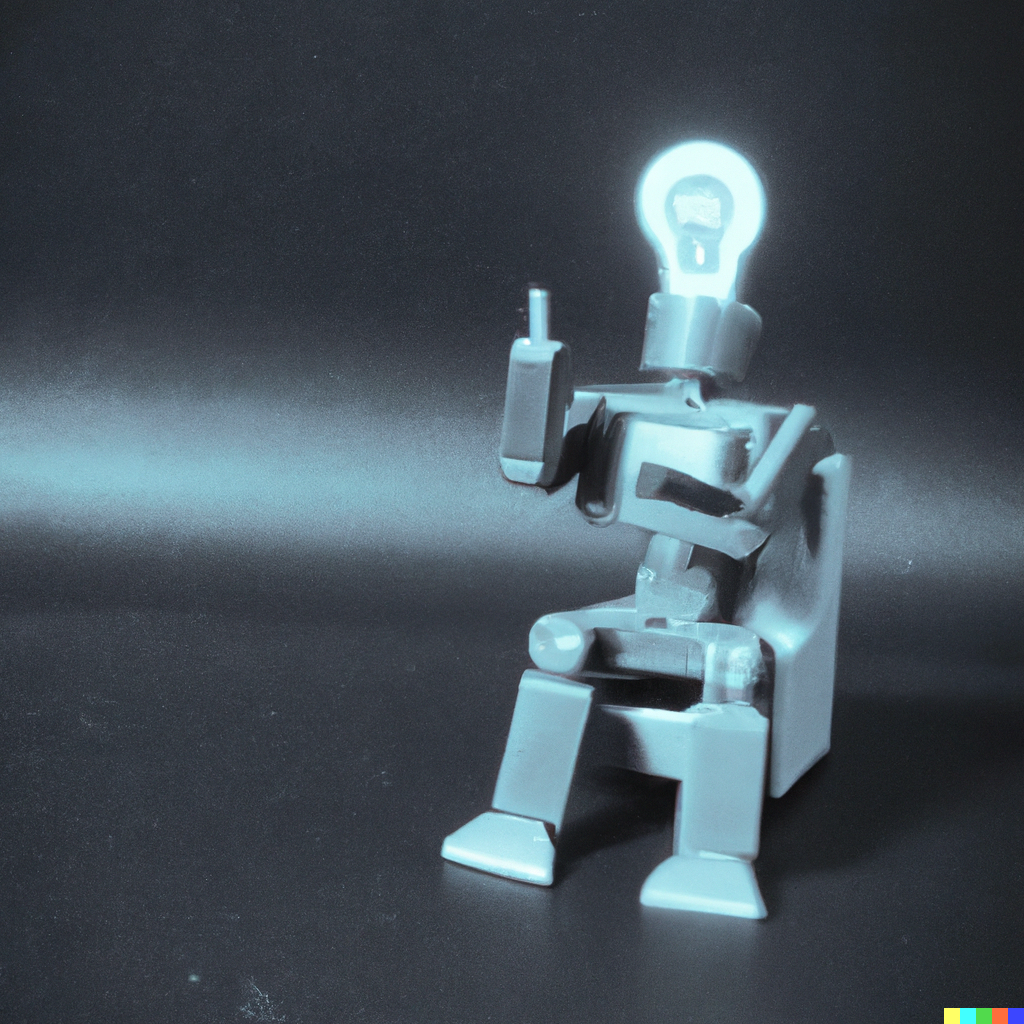
Regarding authorship, several aspects are affected. The training phase of a machine using automated machine learning (AutoML), a term used by the European Patent Office, draws on preexisting information. This information is processed by generating patterns; at different scales in the case of image processing, or in basic semantic units, i.e. in the case of written information. These units are small pieces that are later combined to give rise to new images, sometimes called synthetics. They may also give rise to texts, such as chatbot responses, ready-to-run computer programs, or more complex designs that are tailored to specific applications.
There are already several examples that show that the product of machines using AutoML displays results in which it is even possible to identify the authorship of the material used in the training phase. It is, therefore, a challenge to establish the fairest and most appropriate mechanisms to at least recognize said authorship.
Problem-solving machines
The patent system, at least under European practices, establishes that inventions subject to patent protection originate from the inventor, and the inventor must be a natural person. When machines take on the role of a natural person, and also solve technical problems, the question is raised as to who the inventor really is. Just have a look at the famous DABUS case, in which the European Patent Office determined that an inventor can only be a natural person. Although this case is clear, the fact that this has happened leads us to a new reality that will put pressure on the capabilities and recognition of results produced by machines using AutoML.
Machines that draft patent applications
This is a task that 10 years ago nobody believed a machine could do. However, there are already companies that provide this type of tool which, based on a set of claims written by a human being, constructs the rest of the document. If the subject matter claimed is novel and not obvious, the question that arises is, can a machine trained on prior knowledge adequately describe this new and non-obvious subject matter?
The truth is that, even with their limitations, these tools make this type of work easier, and they are getting better and better at doing so. However, as of now, machine-written patent applications require extensive review, if the patent agent responsible for the case wants to get it right, of course.
The role of a person skilled in the art
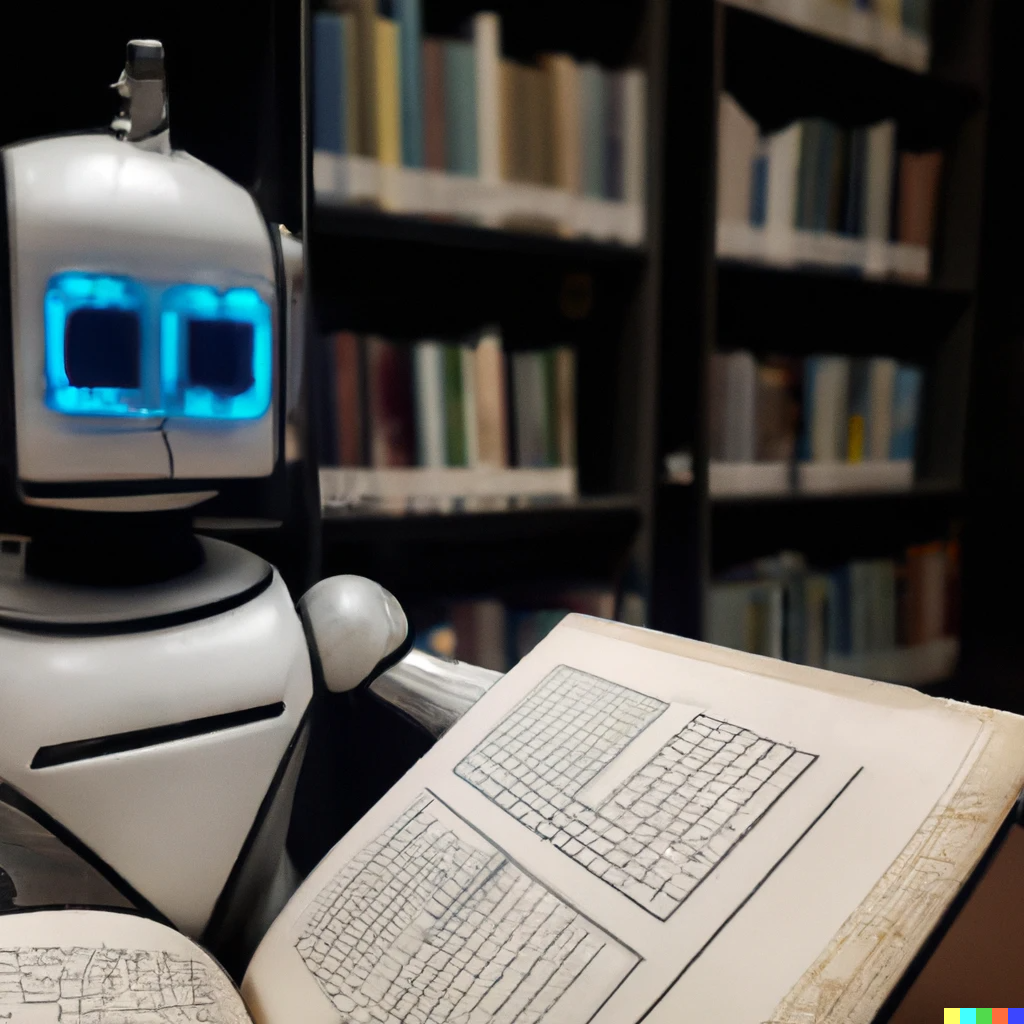
At this point we enter a more specific area of the patent system. Patents protect inventions (technical solutions to technical problems) and, in order to be granted, they must meet certain patentability criteria, namely, at least novelty and inventive step.
With respect to the latter, it is necessary to assess whether it would be obvious for a person skilled in the art to arrive at the solution in view of the state of the art. Common cases to be assessed are those in which the state of the art is made up of two documents disclosed in very different technical fields and where the person skilled in the art of one specific technical field would never have thought to search in a very different one. It should be clarified that a person skilled in the art does not necessarily have to be a natural person, but rather, with regard to patents, it can be an analysis instrument and be defined as a person with average knowledge who is simply capable of interpreting and managing the teachings of the documents that make up the state of the art in their specific field to, in the end, assess whether or not the solution would be obvious to this person.
The appearance of AutoML creates a different scenario than the one known until now. Machines using AutoML are capable of processing huge amounts of documents without these documents being limited to a certain field of knowledge, or even to an art. Areas that were hitherto remote, are now easily accessible thanks to these tools.
One of the working groups of the International Association for the Protection of Industrial and Intellectual Property (AIPPI) worked on the possibility of modifying patentability criteria in view of this scenario; see the resolution of question Q276. They conclude that machines using AutoML are additional tools available to a person skilled in the art and that, although their conclusions can be modified, there is no reason to change the current criteria for assessing inventive step.
However, we will see how science and technology will more easily combine knowledge that becomes obsolete or is very distant from a certain field of work, and we will also see tendencies to keep questioning current methods of patentability analysis.
Sufficiency of disclosure
Sufficiency of disclosure is an essential requirement for a patent. A person skilled in the art, in view of the information in a patent document, must be able to reproduce the invention.
As indicated above, AutoML requires a training phase. Thus, the final behavior of a machine using AutoML not only depends on how it is designed, but also on the data it has been fed during the training phase.
In this scenario, there are already cases in the European Patent Office of rejections of applications which claim a way of defining a machine using AutoML, but where the Examining Division considers that the AutoML solves the problem due to the specific data set used in its training and the application does not provide enough information about such data. There are times when data are definable by means of a description with sufficient specifications; but there are others in which the data consist of collections of images, articles, structured or unstructured data, which are not definable by a description that makes use of text. In this sense, there are already people talking about creating publicly accessible databases where the data used in the training phase can be uploaded and form part of the description of the patent application. This solution would not be foreign to the patent system, since in biology there is the possibility of providing a biological culture, for example, when its description is not possible.
Is a machine using AutoML patentable?
The European Patent Office considers Artificial Intelligence as a solution framed within what it calls Computer Implemented Inventions and, as such, it is subject to the same rules. Thus, the greatest difficulty is always in identifying the solution provided by the machine using AutoML as a solution of a technical nature.
In this case, there are many people who find a certain bias by granting a technical nature to areas such as image processing, but not to others such as the semantic manipulation of blocks of text-based information, especially in situations where the technical solution is of the same nature.
This is just one example of the fact that, in the realm of Industrial and Intellectual Property, we are still only at the beginning, and it will be necessary to pay close attention to the ever-growing implications of this exciting new technology.
